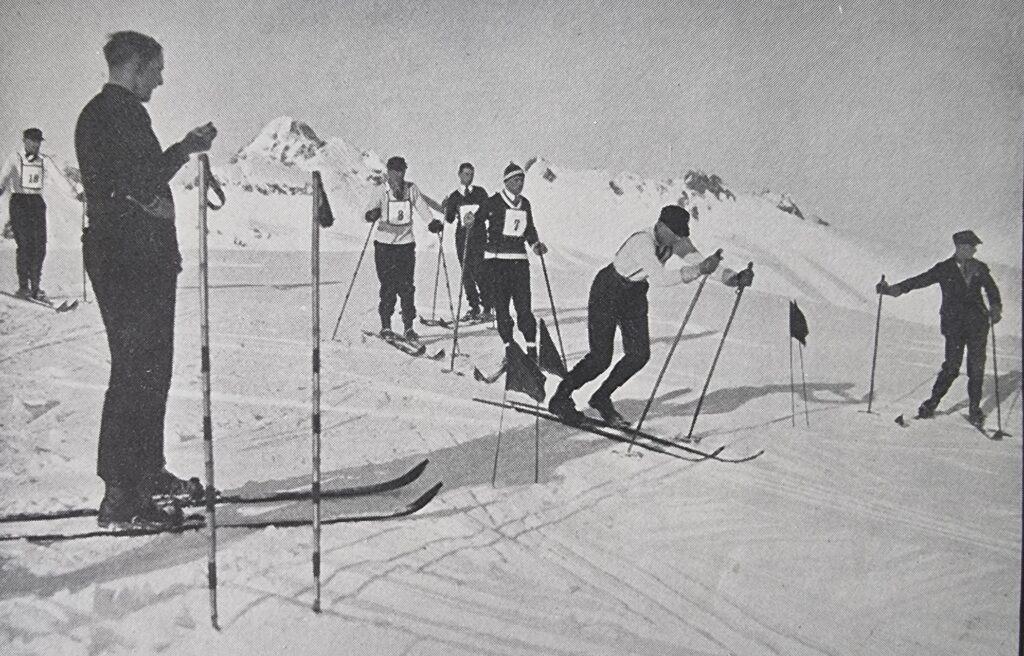A paper in “Nature Climate Change” explores the impact of climate change on European ski tourism and concludes that, without snowmaking, 53% and 98% of the 2,234 ski resorts studied in 28 European countries are projected to be at very high risk for snow supply under global warming of 2 °C and 4 °C, respectively. Assuming a snowmaking fractional coverage of 50% leads to corresponding proportions of 27% and 71%, but with increasing water and electricity demand (and related carbon footprint) of snowmaking.

The implications for many Alpine communities is quite stark. Summer tourism will become more critical to their sustainability. Typically many close down for visitors in Spring and Autumn, but the loss of a winter season may make many choose to try and extend their Summer season.
For skiers and snowboarders, this will mean that higher resorts will attract more visitors, but presumably this will drive up prices. And it will hardly contribute to reducing the carbon footprint.
In truth the golden age of ski package holidays has gone. Fewer people make this choice for their winter holidays and the demographic of those who do is aging.
Back in the early days of winter sports tourism, people took the train to the Alps and, without lifts and pistes, would walk up the mountains and ski down through unprepared snow.
In an age of climate change, it is likely that the future of skiing will lie with ski touring and ski mountaineering. If this is your bag, or you have an interest, I recommend you consider joining the Eagle Ski Club, a UK-based club whose members are devoted to these sports and provide the means to begin participating in them.
And remember to take the train! There is a list of Alpine resorts with railway stations: at the Snow and Rail website.



